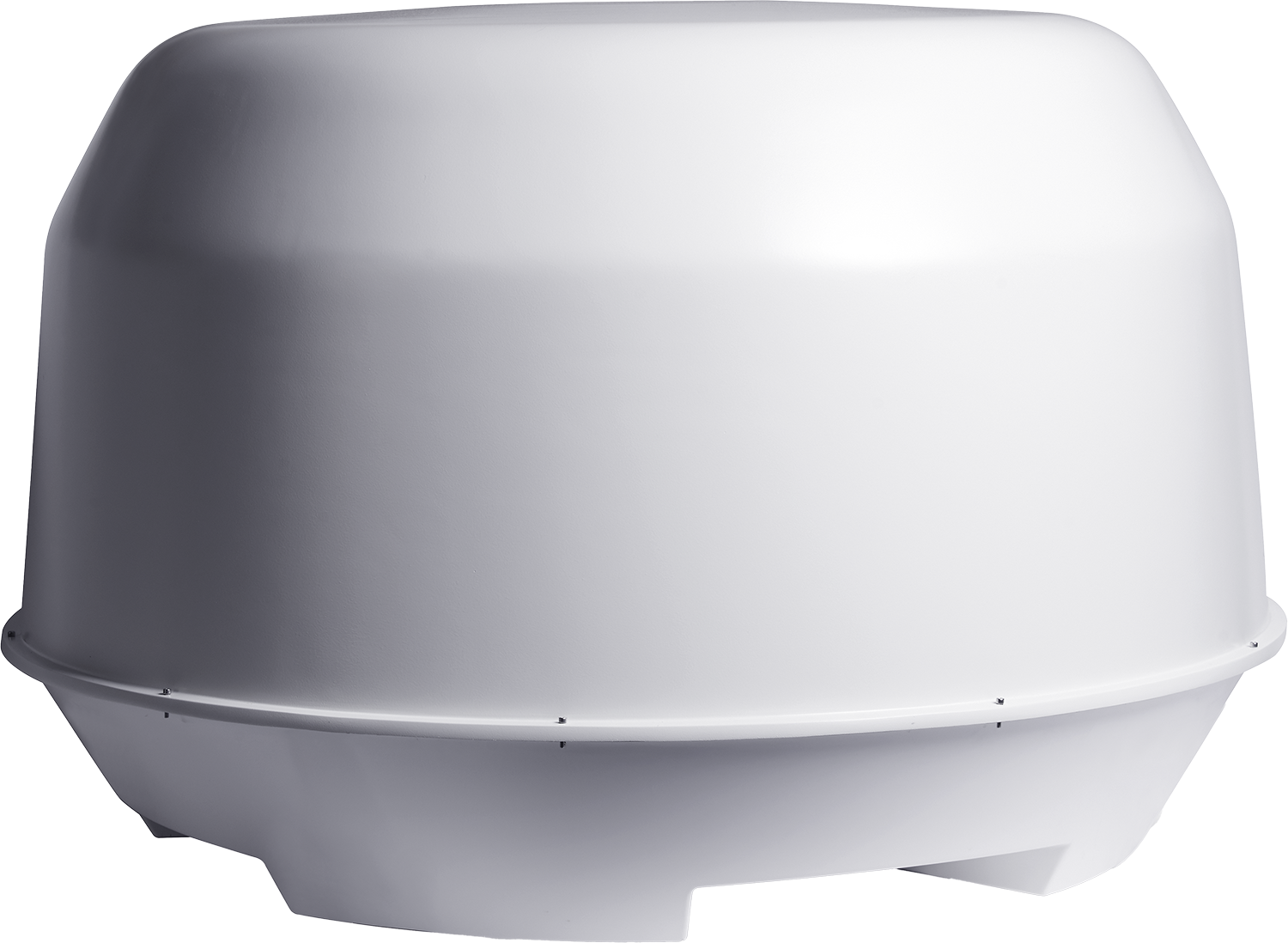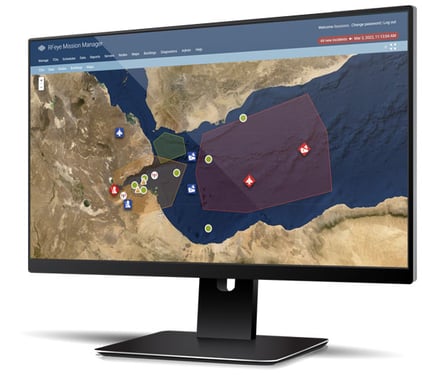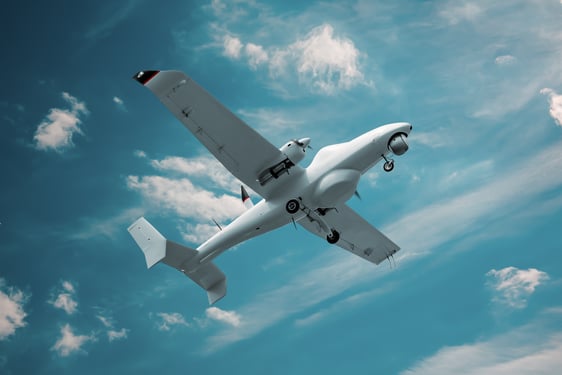Solutions for military & EW operators
Providing actionable RF intelligence in contested electromagnetic environments to help military forces gain spectrum dominance
Overview
On today’s battlefield, achieving spectrum dominance is key to ensuring military superiority and tactical advantage. To dominate the spectrum, operators must identify and locate a threat by turning real-time signal capture and emitter data into actionable intelligence.
CRFS technology is deployed by front line forces, on military ranges and bases, and by defense forces conducting critical EW operations and ISR missions. Passive, high-performance RF receivers and recorders can be quickly employed and easily tailored to military end-user and integrator requirements. Our solutions support multi-user, multi-domain missions, enabling spectrum dominance and full EMSO capability across air defense, C-UAS, EMCON, and SIGINT.
Full spectrum operations capability
Spectrum monitoring 24/7/365
Signal intelligence gathering
DF and geolocation
- Forensic signal analysis
Manned / unmanned airborne target monitoring
Multi-domain operational capabilities

White papers & reports
Competition to conflict
The Asia-Pacific is the frontline between competition & conflict. Grey-zone tactics, increased militarization, and border
disputes are reshaping the region’s security landscape. Dr Thomas Withington’s special report examines how electromagnetic sensing can strengthen deterrence, enhance situational awareness, and prevent escalation.
Key benefits
-
Full spectrum dominance
Fixed and tactical RF receivers can be deployed by multiple users across multiple domains. With remote and automated capabilities, militaries can actively monitor spectrum operations and threat targets in real time from one central location.
-
EMCON visibility & optimization
Passive RF detectors allow units to reduce their own electromagnetic signals while simultaneously being able to detect enemy emissions. Militaries can maintain communication and situational awareness while reducing the risk of detection by hostile forces.
-
Automated spectrum monitoring & interference control
Military spectrum managers cannot always be on-site when interference or jamming occurs. However, a “digital spectrum manager” solution enables a single spectrum manager to remotely schedule sensors and automate tasks across multiple bases.
-
Real-time detection, capture, & geolocation of enemy transmissions
RF monitoring and geolocation systems can be used simultaneously across multiple domains and on multiple platforms to help detect, identify, capture, and locate RF signals of interest in a range of complex spectrum environments. Captured RF data can be turned into actionable intelligence.
-
Radar system augmentation in GBAD
As active systems, radar EMS signatures create a reverse emitter target. However, 3D TDoA geolocation passively locates aircraft signals and emitters. Geolocations can be streamed in ASTERIX ATC or via APIs for easy integration into air defense, border security, ISR, or other operating pictures.
-
100% POI signal capture capability
RFeye DeepView, a forensic signal analysis tool, has 100% POI capability (providing you record the full duration of the signal). This ensures SIGINT operators never miss a signal through enhanced situational awareness and improved target identification.
Full spectrum dominance
Fixed and tactical RF receivers can be deployed by multiple users across multiple domains. With remote and automated capabilities, militaries can actively monitor spectrum operations and threat targets in real time from one central location.
EMCON visibility & optimization
Passive RF detectors allow units to reduce their own electromagnetic signals while simultaneously being able to detect enemy emissions. Militaries can maintain communication and situational awareness while reducing the risk of detection by hostile forces.
Automated spectrum monitoring & interference control
Military spectrum managers cannot always be on-site when interference or jamming occurs. However, a “digital spectrum manager” solution enables a single spectrum manager to remotely schedule sensors and automate tasks across multiple bases.
Real-time detection, capture, & geolocation of enemy transmissions
RF monitoring and geolocation systems can be used simultaneously across multiple domains and on multiple platforms to help detect, identify, capture, and locate RF signals of interest in a range of complex spectrum environments. Captured RF data can be turned into actionable intelligence.
Radar system augmentation in GBAD
As active systems, radar EMS signatures create a reverse emitter target. However, 3D TDoA geolocation passively locates aircraft signals and emitters. Geolocations can be streamed in ASTERIX ATC or via APIs for easy integration into air defense, border security, ISR, or other operating pictures.
100% POI signal capture capability
RFeye DeepView, a forensic signal analysis tool, has 100% POI capability (providing you record the full duration of the signal). This ensures SIGINT operators never miss a signal through enhanced situational awareness and improved target identification.
Talk through your unique military spectrum challenges with an advisor

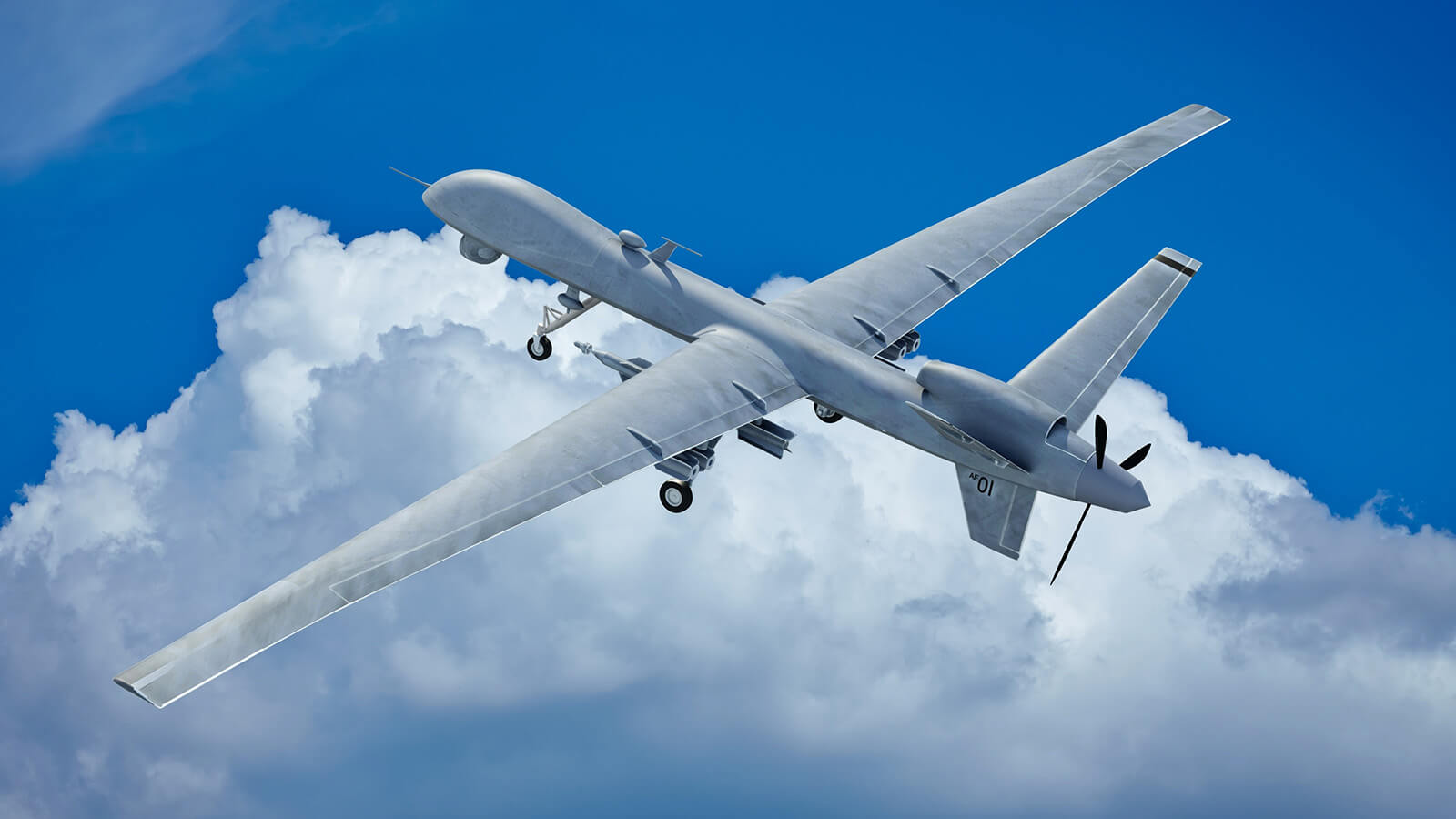

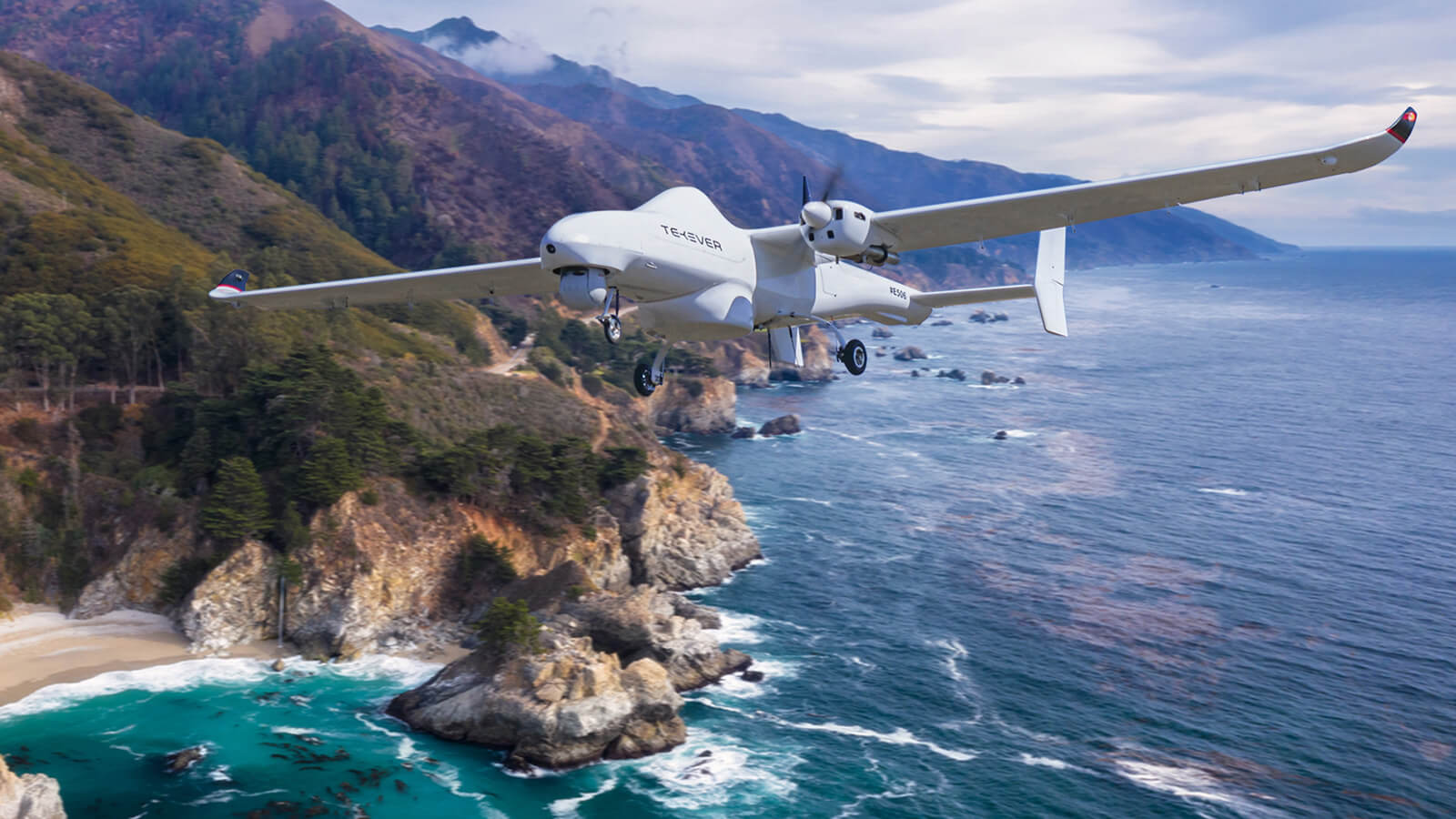

DETECTION & 3D GEOLOCATION OF AERIAL TARGETS OVER WIDE AREAS
How a NATO partner built an air defense platform to increase national security
Read the storyISR MISSIONS AT SEA & ACROSS HOSTILE BORDERS
How combining ground & air-based RF sensors improved ISR and target acquisition.
Read the storyREAL-TIME I/Q DATA CAPTURE FOR ENHANCED INTELLIGENCE
How a national force secured its borders with reliable spectrum data.
Read the storyINCREASING LINE OF SIGHT & GEOLOCATING GROUND-BASED TARGETS FROM A LONG DISTANCE
How TEKEVER & CRFS collaborated to fit UAS with ultra-sensitive RF receivers as a payload.
Read the storyREAL-TIME I/Q DATA CAPTURE FOR ENHANCED INTELLIGENCE
How a national force secured its borders with reliable spectrum data.
Read the story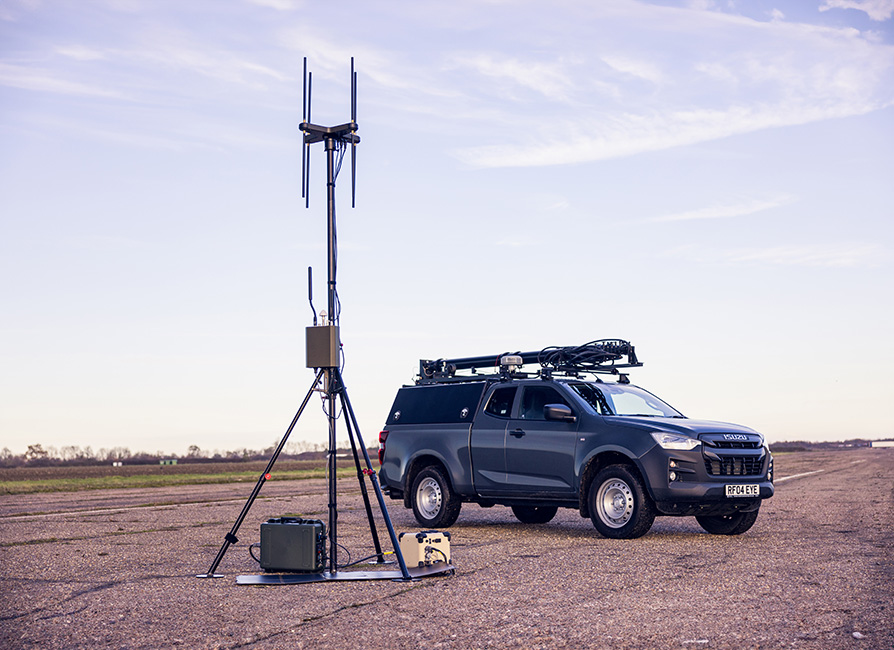
Integrated vehicles
CRFS offers a range of custom solutions to integrate spectrum monitoring and direction-finding capabilities into surveillance, tactical and unmanned vehicles.

White papers & reports
Hertz & Minds: Electronic Warfare & the tactical land battle in Ukraine
Dr Withington’s in-depth analysis highlights essential lessons from the conflict for future warfare. NATO forces can no longer assume spectrum dominance and will likely depend on passive, networked, unattended sensors across the battlefield.
Hardware
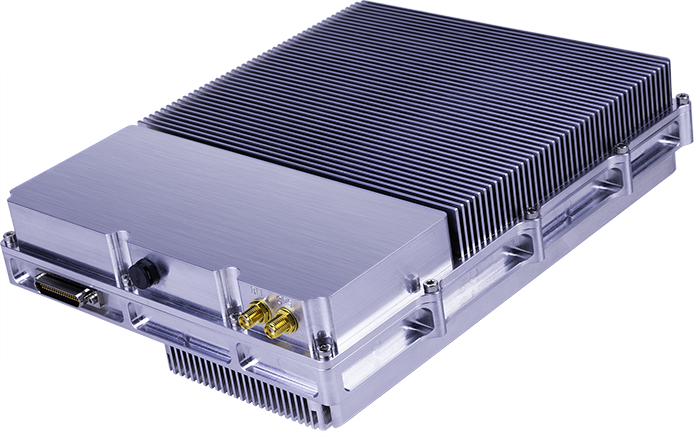
RFeye Node 100-18-LW
High-performance RF sensor for autonomous system integration. An ideal EW / ISR sensor payload enabling real-time spectrum monitoring and I/Q data collection to 18 GHz.
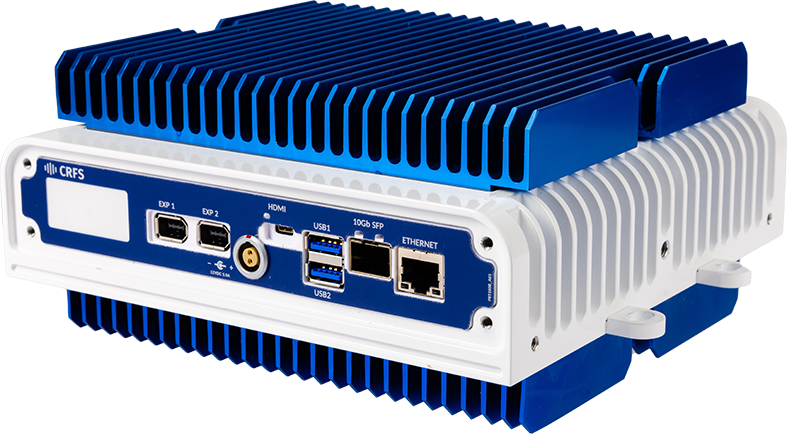
RFeye Node Plus 100-18
Portable, rugged, exceptionally fast RF sensor with full 100 MHz I/Q recording and streaming for enhanced detection, POI and signal intelligence.
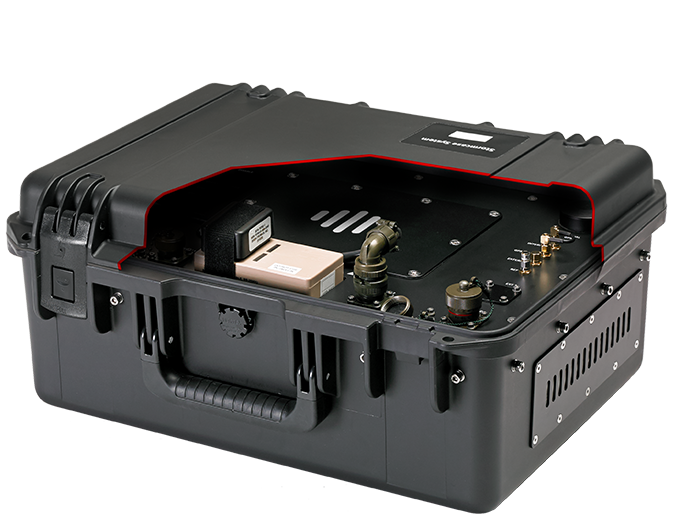
RFeye Stormcase
Man-portable spectrum monitoring (deploy and retrieve later). The system includes a Node (receive and record), internal and external antenna ports, a high-performance rechargeable MIL-SPEC battery, and integrated SSD memory.
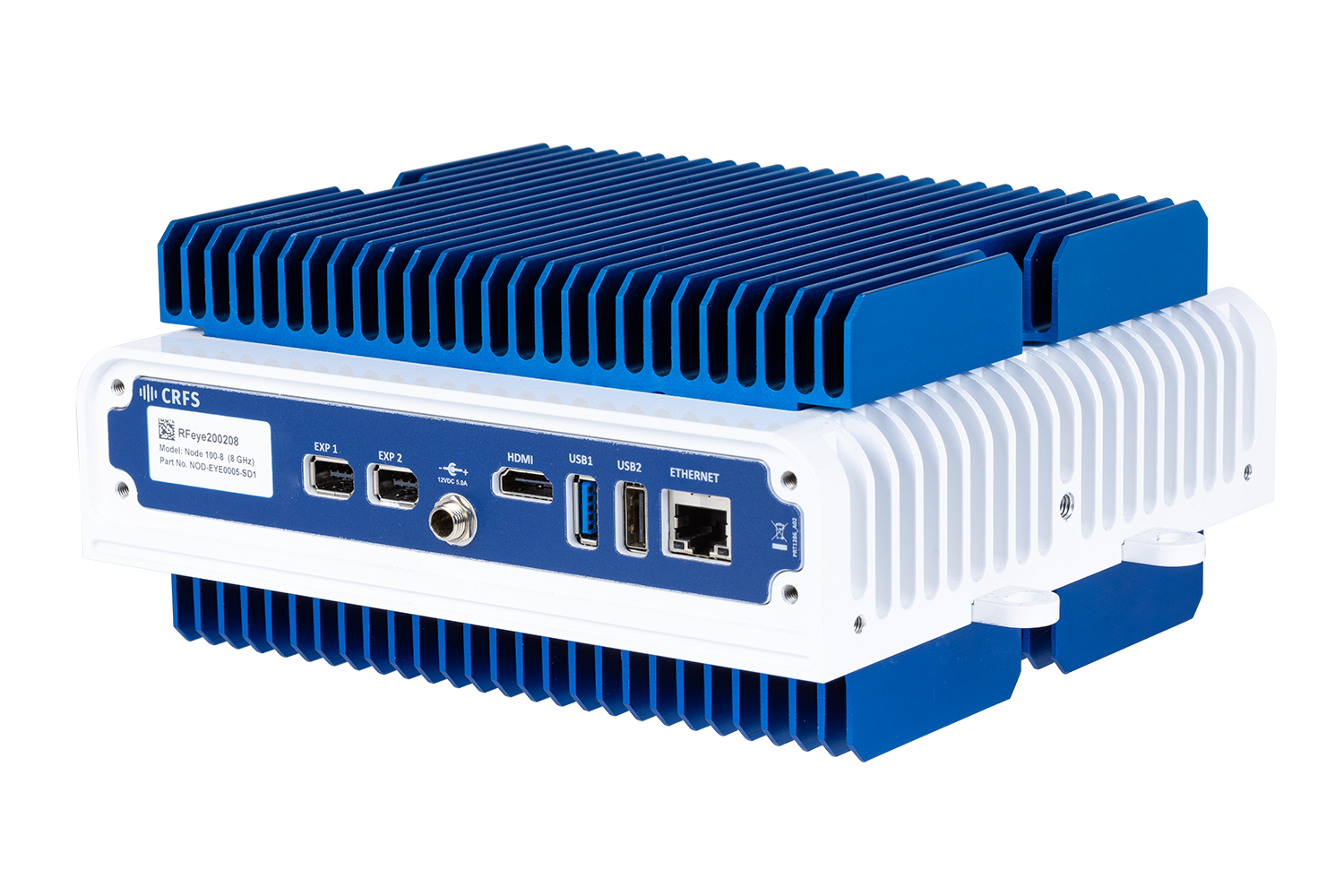
RFeye Node 100-18
The wideband RFeye Node 100-18 is a complete spectrum monitoring and geolocation system. Optimized for size, weight, and power (SWaP), it is simple to connect, power, and network.
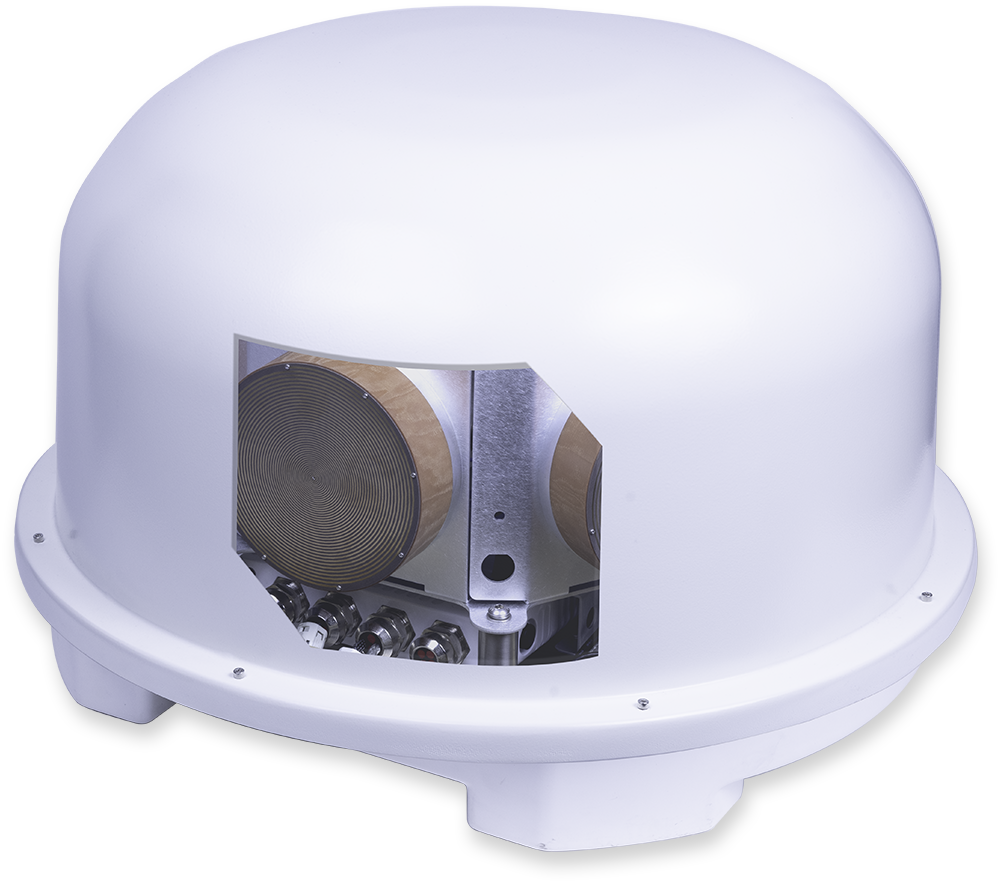
RFeye Array 100
Direction finding and advanced plug-and-play geolocation system. Fully integrated, multi-mission systems for fixed, vehicle, or transportable applications with DF, monitoring, and geolocation capability.
Software
A comprehensive software suite to monitor, capture, analyze, geolocate, and report signals of interest. Our solutions provide teams with a complimentary toolkit for complete spectrum visibility.

RFeye Site
RFeye Site is a toolbox to monitor the spectrum in real-time and geolocate signals in complex RF environments.
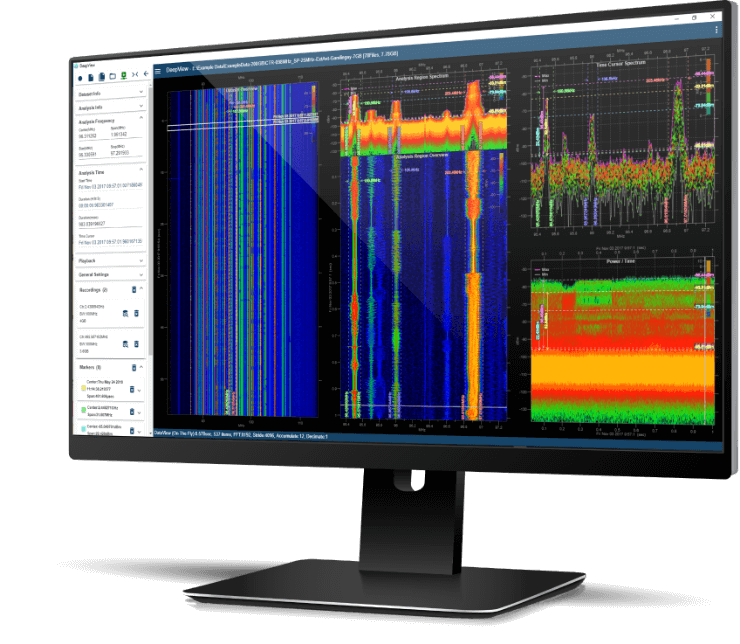
RFeye DeepView
RFeye DeepView is a forensic signal analysis software solution offering a 100% probability of intercept.

Book a callback with an advisor
Let’s talk through your unique military spectrum challenges, identify customized solutions and receive expert guidance.
